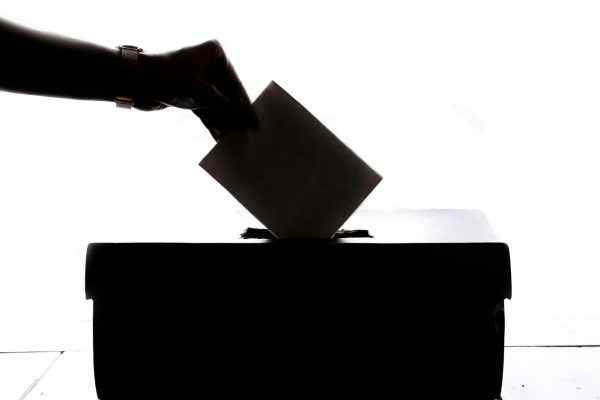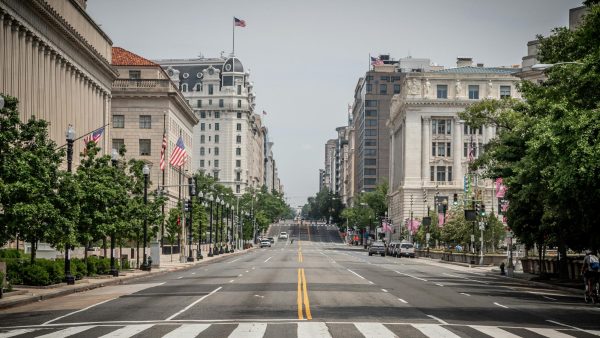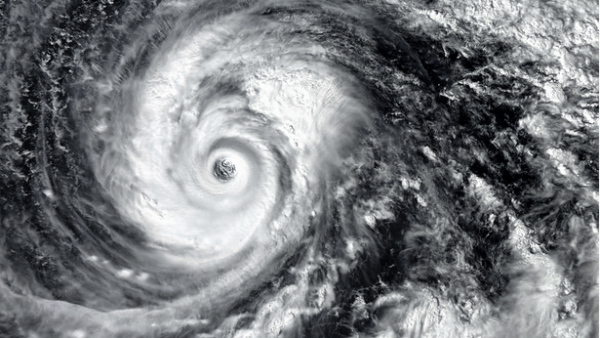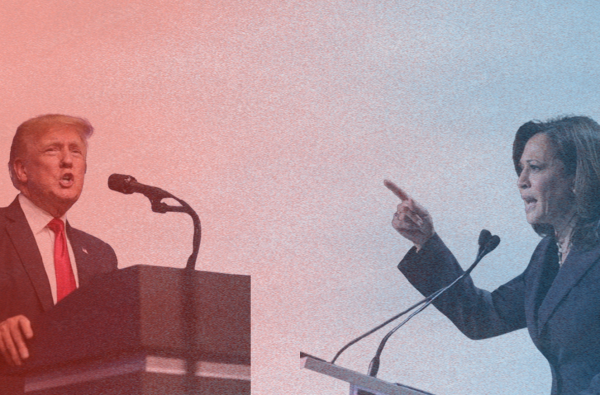Gun Violence in D.C.
D.C’s 51 homicides at this time of year represent a 34% spike from last year’s number. In 2020, the final number of killings surpassed the previous year’s number – 166 – which is the city’s highest since 2008. Gun violence is on the rise again at the capitol and it needs to be addressed while it is still controllable. In order to prevent gun violence in D.C, we need to invest in the area that is most impacted – southeast D.C.

In the mid-1900s, urbanization drove much of D.C’s southwest population to the east. Still in a major battle against segregation and unequal access to income and education, the Black population was especially affected by the rising price of housing and rent. In the 1971 case Burner vs. Washington, residents of southeast argued of the divide created by the government and public policy,highlighting the affluent, 98% White population living west of Rock Creek Park, while the predominantly Black population, east of the Anacostia River, lived in dramatically poorer conditions and received substandard service. This court case brought further light to the sharp race-class divisions in the city. Still today, the conditions in southeast D.C. remain dire. According to the Metropolitan Police Department website, wards seven and eight (SE) make up for only 23% of D.C’s population but account for 55% of the city’s homicides in 2020. Even as conditions are gradually improving by work from various non-profits and grassroots organizations as well as some government assistance, the money flowing into the southeast is essentially negligible compared to that of the city’s center.
Both new and old attempts to decrease gun violence in the city have disproportionately affected residents of the southeast. By “cracking down” on gun crimes by increasing police presence in predominantly Black wards and increasing the federal sentence for illegal gun holders, policymakers have failed to get at the root of the problem. While sufficient gun laws are essential to keeping D.C. residents safe, actually reducing gun violence will take a little more than correctional measures.

For example, correcting structural disparities in low-income areas will lead to more social control. Communities such as southeast D.C. have historically had very limited access to institutions and social services that bring community trust and involvement.
Everyday for Gun Safety has already produced a comprehensive plan for city legislators to employ. The Violence InterventionProgram applies a “localized approach” to the issue. This plan aims to treat gun violence as a public health crisis by providing street outreach workers to target those who are at high risk and intervene on patterns on violence. The upshot is that this community-based approach to policing will bring more social and community trust.
This plan could have saved Karon Hylton’s life in October of 2020: Hylton was hit by a van on Kennedy Street while on hismoped, as he was being tailed by the police for not wearing a helmet. “When Hylton’s family first saw the police video, they werenot surprised to hear Officer Sutton call out Hylton’s first name,” stated an article in the Washington Post. Hylton and the police in that area had an infamous increasingly tense relationship for years. Hylton’s friends said they are frightened by the officers in the area because they feel as if they are always being watched, in a hunt for minor offenses that “lead to a stop and search.”
In this instance, if a mediator was available to de-escalate the tense drama between Hylton and the officers, a panicked and urgent chase may not have had to occur. Hylton and law enforcement could have had more trust with each other and been knowledgeable about the expectations that were to be held in their community.
On a happier note, D.C. is on the right path. The reallocation of MPD’s funding to community outreach programs was voted on by D.C’s council a few months ago. Non-profit organizations are becoming more and more involved in the city’s politics, causing legislators to focus more attention on the city’s neglected populations. This doesn’t say there isn’t more work to do: the complex and layered system our capital was built on digs deeper than we can see.






